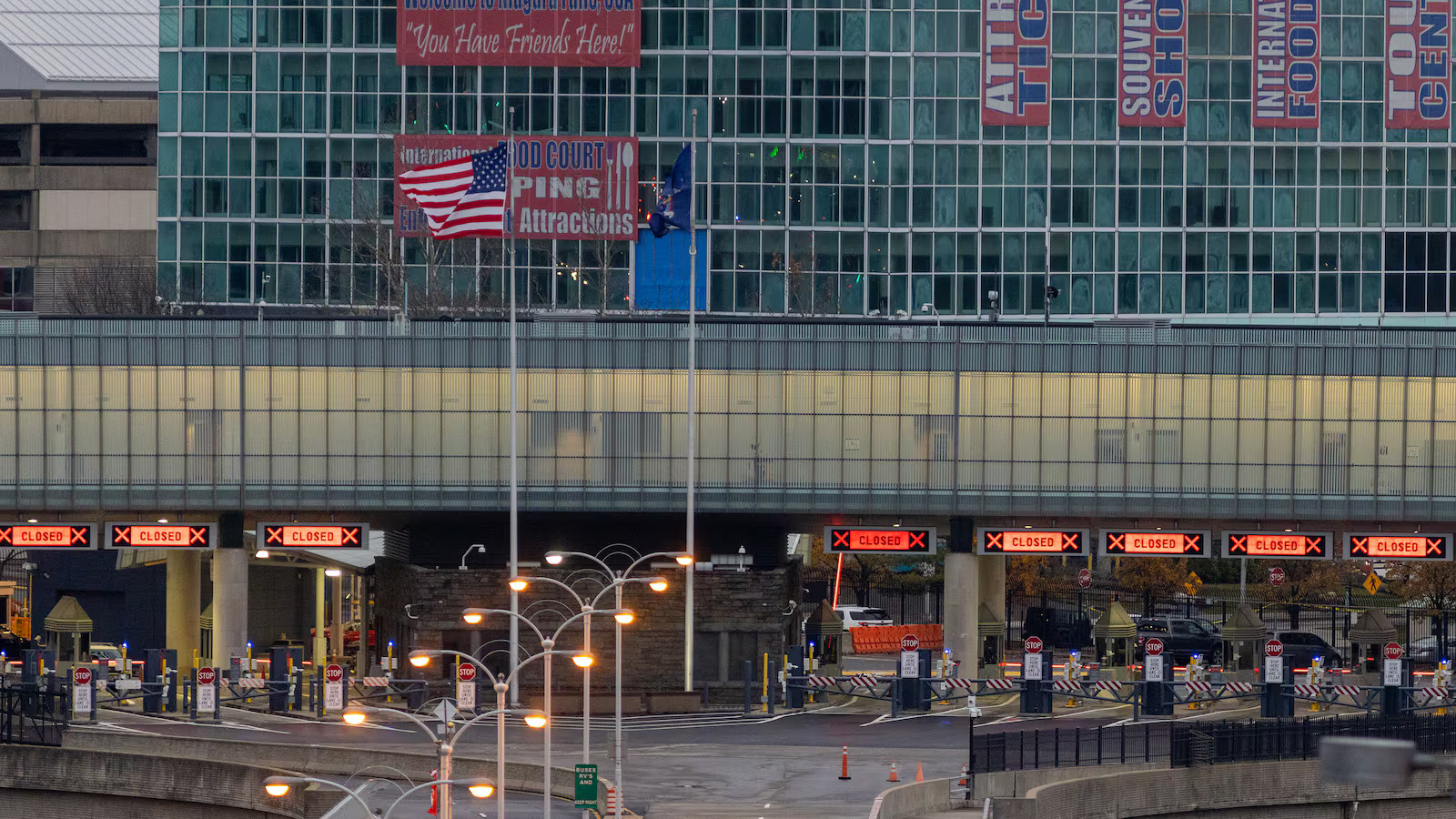The U.S.-Canada border has become a focal point of concern amid rising cross-border smuggling, with illicit drugs and firearms flowing into Canada at alarming rates. Recent data from the Canada Border Services Agency (CBSA) reveals a sharp increase in drug seizures, highlighting the scale of the crisis.
In 2024, Canadian border agents intercepted nearly 8.3 million grams of illegal drugs entering from the U.S., marking a 118% surge compared to 2022. This volume equates to approximately 469,000 doses, up from 112,000 doses two years prior.
The problem extends beyond drugs. Lewis emphasized the growing threat of illegal handguns entering Canada from the U.S., which he described as a significant contributor to violent crime. In 2024, the CBSA seized 839 firearms at the border, up from 581 in 2022. Toronto police reported that 88% of the 717 crime-related guns they seized last year were traced back to the U.S.
“What’s killing Canadians is illegal handguns from the U.S.,” Lewis said. “Securing our border and collaborating with the U.S. to prevent these illicit items from crossing is critical.”
Challenges in Border Security
Lewis pointed to systemic challenges, including a severe shortage of personnel within the CBSA and RCMP, which he estimated runs into the thousands. He also highlighted the vulnerability of the vast, unprotected stretches between official border crossings, where smugglers exploit gaps to move contraband.
“We have 5,000 miles of border that is largely unprotected, except for specific crossings,” Lewis explained. “While the OPP and others assist the RCMP and CBSA in securing parts of the Ontario border, this level of effort is unsustainable.”
To combat the crisis, Lewis stressed the need for intelligence-led investigations and high-visibility patrols to intercept smugglers. However, he cautioned that such efforts would require significant increases in funding and manpower.
“You need boots on the ground to make arrests and seize contraband,” he said.
Government Measures and Organized Crime
In response to the escalating crisis, Prime Minister Justin Trudeau appointed former RCMP deputy commissioner Kevin Brosseau as Canada’s new “fentanyl czar” earlier this week. The move came after U.S. President Donald Trump threatened tariffs if Canada failed to bolster border security. Trump delayed the implementation of these tariffs for 30 days on February 3.
The appointment is part of a broader $1.3-billion border security plan, which includes deploying 10,000 frontline personnel and designating cartels as terrorist organizations. The CBSA has reiterated that Canada is not a significant source of fentanyl entering the U.S., with less than 1% of seized fentanyl in the U.S. originating from Canada.
Lewis acknowledged the importance of these measures but warned that they alone would not suffice. He also highlighted the role of organized crime in exacerbating the crisis.
“Organized crime groups have unlimited resources and manpower,” Lewis said. “They don’t operate under budgets or legal frameworks, which puts governments and security agencies at a disadvantage.”
With approximately 400,000 people crossing the U.S.-Canada border daily, Lewis emphasized the need for strategic, intelligence-driven approaches to curb smuggling.
“The CBSA can’t search every vehicle, so relying on intelligence is our best bet,” he said.
As Canada continues to address the cross-border smuggling crisis, the challenges of resource constraints, organized crime, and the vast, porous border remain significant hurdles to overcome.

